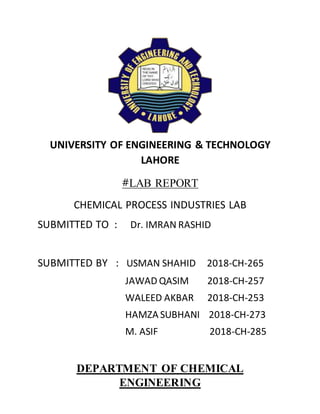The document describes the process for manufacturing soap using animal fat. It involves reacting animal fat with an alkali like sodium hydroxide or potassium hydroxide. This saponification reaction produces soap and glycerin. The traditional method involves boiling the ingredients in a kettle, while modern continuous processes allow more control and faster production. The manufactured soap is then tested for solubility in water and reaction to acids to confirm production.





